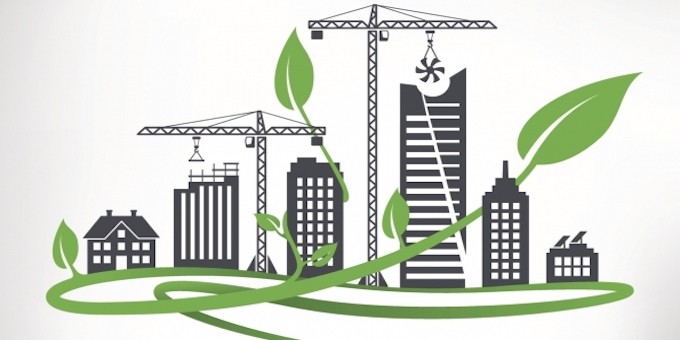Introduction
As the world becomes more conscious of the environmental impact of traditional construction materials, the demand for green construction materials is on the rise. These materials not only reduce the carbon footprint but also offer numerous advantages in terms of energy efficiency, durability, and sustainability. In this article, we will explore some of the green construction materials that hold immense potential for the future.
H3: Bamboo
Bamboo is a versatile and sustainable material that has gained popularity in recent years. Its fast growth rate and natural strength make it an ideal alternative to traditional timber. Bamboo can be used for various applications such as flooring, furniture, and even structural elements in buildings. Its high tensile strength and low weight make it an excellent choice for earthquake-prone areas. Additionally, bamboo absorbs a significant amount of carbon dioxide and releases a substantial amount of oxygen, making it highly sustainable.
H3: Hempcrete
Hempcrete is another green construction material that shows great promise for the future. Made from the inner woody core of the hemp plant mixed with lime and water, hempcrete offers excellent insulation properties and is completely biodegradable. It has a low carbon footprint and absorbs carbon dioxide during its curing process. Hempcrete is lightweight, fire-resistant, and provides natural humidity regulation, making it ideal for creating energy-efficient and comfortable buildings.
H3: Recycled Steel
Recycled steel is an eco-friendly alternative to traditional steel, which requires significant amounts of energy and emits large quantities of carbon dioxide during its production. Recycled steel is made from post-consumer or post-industrial scrap metal and has the same strength and durability as virgin steel. Using recycled steel in construction reduces the demand for new steel production and minimizes waste. Moreover, it can be recycled again at the end of its life cycle, making it a highly sustainable choice.
H3: Rammed Earth
Rammed earth construction is an ancient technique that is gaining popularity again due to its sustainability and energy efficiency. It involves compacting layers of earth, often mixed with clay and gravel, into solid walls. Rammed earth provides excellent thermal insulation, regulating temperature naturally and reducing the need for heating or cooling systems. It is a durable and long-lasting material that requires minimal maintenance. Additionally, rammed earth construction utilizes locally available materials, minimizing transportation and reducing the carbon footprint associated with long-distance material sourcing.
Conclusion
The future of construction lies in green materials that prioritize sustainability and reduce the environmental impact. Bamboo, hempcrete, recycled steel, and rammed earth are just a few examples of the many green construction materials available today. By embracing these materials, we can create buildings that are not only eco-friendly but also energy-efficient, durable, and aesthetically pleasing. As the demand for green construction continues to grow, it is crucial for the industry to invest in research and development to discover even more innovative and sustainable solutions for the future.
